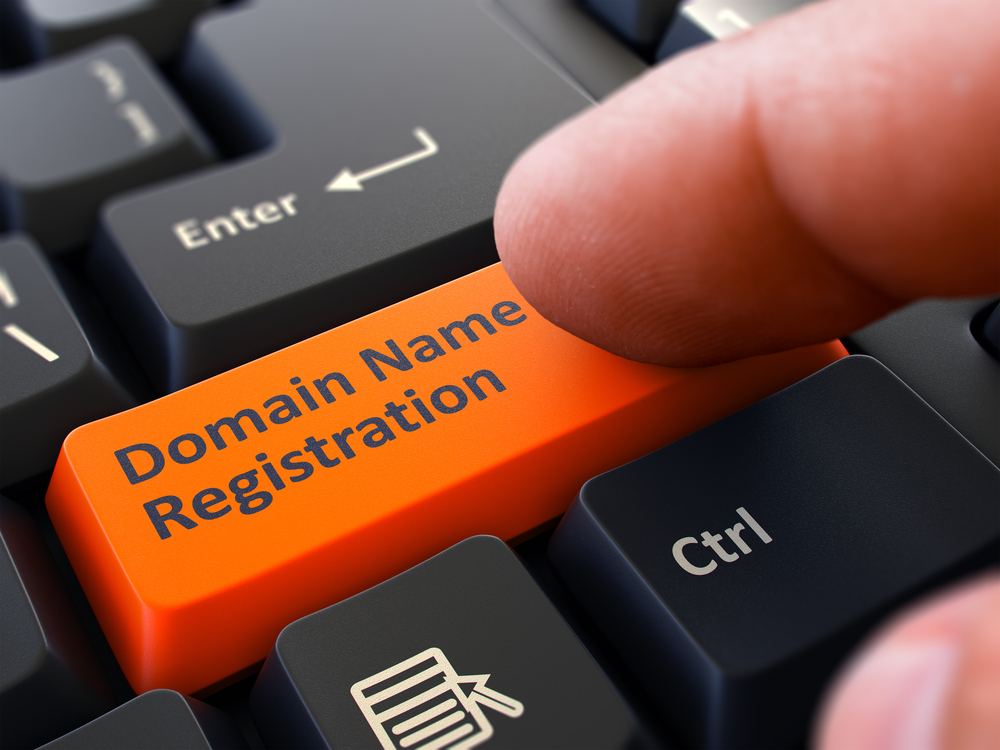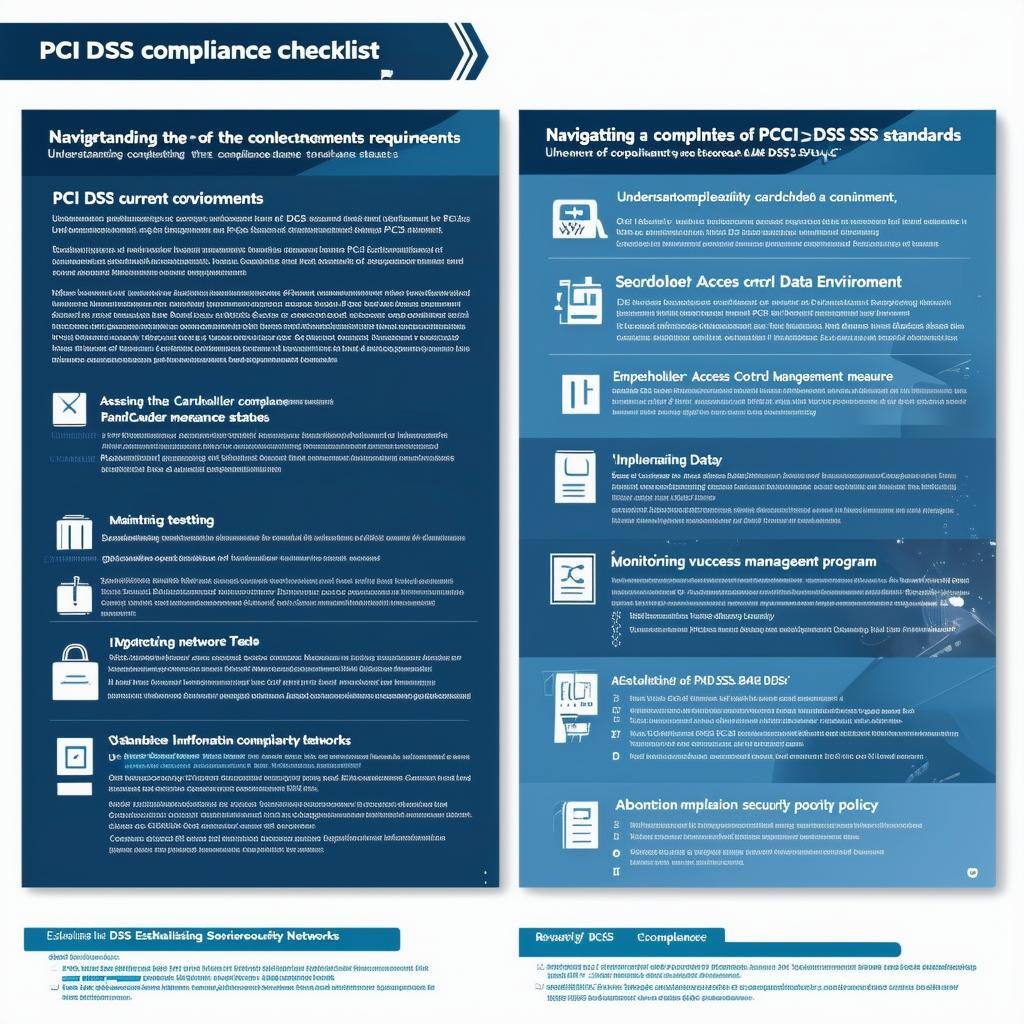Uncovering the Latest CUPS Vulnerability
Intro In the realm of IT and network management, vulnerabilities are a constant concern for professionals tasked with maintaining secure systems. One...

DNS was designed in the 1980s when the Internet was much smaller, and security was not a primary consideration in its design. As a result, when a recursive resolver sends a query to an authoritative name server, the resolver has no way to verify the authenticity of the response. The resolver can only check that a response appears to come from the same IP address where the resolver sent the original query. But relying on the source IP address of a response is not a strong authentication mechanism, since the source IP address of a DNS response packet can be easily forged, or spoofed. As DNS was originally designed, a resolver cannot easily detect a forged response to one of its queries. An attacker can easily masquerade as the authoritative server that a resolver originally queried by spoofing a response that appears to come from that authoritative server. In other words an attacker can redirect a user to a potentially malicious site without the user realizing it.
Recursive resolvers cache the DNS data they receive from authoritative name servers to speed up the resolution process. If a stub resolver asks for DNS data that the recursive resolver has in its cache, the recursive resolver can answer immediately without the delay introduced by first querying one or more authoritative servers. This reliance on caching has a downside, however: if an attacker sends a forged DNS response that is accepted by a recursive resolver, the attacker has poisoned the cache of the recursive resolver. The resolver will then proceed to return the fraudulent DNS data to other devices that query for it.
As an example of the threat posed by a cache-poisoning attack, consider what happens when a user visits their bank’s website. The user’s device queries its configured recursive name server for the bank web site’s IP address. But an attacker could have poisoned the resolver with an IP address that points not to the legitimate site but to a web site created by the attacker. This fraudulent website impersonates the bank website and looks just the same. The unknowing user would enter their name and password, as usual. Unfortunately, the user has inadvertently provided its banking credentials to the attacker, who could then log in as that user at the legitimate bank web site to transfer funds or take other unauthorized actions.
Engineers in the Internet Engineering Task Force (IETF), the organization responsible for the DNS protocol standards, long realized the lack of stronger authentication in DNS was a problem. Work on a solution began in the 1990s and the result was the DNSSEC Security Extensions (DNSSEC).
DNSSEC strengthens authentication in DNS using digital signatures based on public key cryptography. With DNSSEC, it’s not DNS queries and responses themselves that are cryptographically signed, but rather DNS data itself is signed by the owner of the data.
Every DNS zone has a public/private key pair. The zone owner uses the zone’s private key to sign DNS data in the zone and generate digital signatures over that data. As the name “private key” implies, this key material is kept secret by the zone owner. The zone’s public key, however, is published in the zone itself for anyone to retrieve. Any recursive resolver that looks up data in the zone also retrieves the zone’s public key, which it uses to validate the authenticity of the DNS data. The resolver confirms that the digital signature over the DNS data it retrieved is valid. If so, the DNS data is legitimate and is returned to the user. If the signature does not validate, the resolver assumes an attack, discards the data, and returns an error to the user.
DNSSEC adds two important features to the DNS protocol:
Every zone publishes its public key, which a recursive resolver retrieves to validate data in the zone. But how can a resolver ensure that a zone’s public key itself is authentic? A zone’s public key is signed, just like the other data in the zone. However, the public key is not signed by the zone’s private key, but by the parent zone’s private key. For example, the icann.org zone’s public key is signed by the org zone. Just as a DNS zone’s parent is responsible for publishing a child zone’s list of authoritative name servers, a zone’s parent is also responsible for vouching for the authenticity of its child zone’s public key. Every zone’s public key is signed by its parent zone, except for the root zone: it has no parent to sign its key.
The root zone’s public key is therefore an important starting point for validating DNS data. If a resolver trusts the root zone’s public key, it can trust the public keys of top-level zones signed by the root’s private key, such as the public key for the org zone. And because the resolver can trust the public key for the org zone, it can trust public keys that have been signed by their respective private key, such as the public key for icann.org. (In actual practice, the parent zone doesn’t sign the child zone’s key directly–the actual mechanism is more complicated–but the effect is the same as if the parent had signed the child’s key.)
The sequence of cryptographic keys signing other cryptographic keys is called a chain of trust. The public key at the beginning of a chain of trust is a called a trust anchor. A resolver has a list of trust anchors, which are public keys for different zones that the resolver trusts implicitly. Most resolvers are configured with just one trust anchor: the public key for the root zone. By trusting this key at the top of the DNS hierarchy, a resolve can build a chain of trust to any location in the DNS name space, as long as every zone in the path is signed.
In order for the Internet to have widespread security, DNSSEC needs to be widely deployed. DNSSEC is not automatic: right now it needs to be specifically enabled by network operators at their recursive resolvers and also by domain name owners at their zone’s authoritative servers. The operators of resolvers and of authoritative servers have different incentives to turn on DNSSEC for their systems, but when they do, more users are assured of getting authenticated answers to their DNS queries. Quite simply, a user can have assurance that they are going to end up at their desired online destination.
Enabling DNSSEC validation in recursive resolvers is easy. In fact, it has been supported by nearly all common resolvers for many years. Turning it on involves changing just a few lines in the resolver’s configuration file. From that point forward, when a user asks the resolver for DNS information that comes from zones that are signed, and that data has been tampered with, the user will (purposely) get no data back. DNSSEC protects the user from getting bad data from a signed zone by detecting the attack and preventing the user from receiving the tampered data.
Signing zones with DNSSEC takes a few steps, but there are millions of zones that sign their DNS information so that users of validating resolvers can be assured of getting good data. Almost all common authoritative name server software supports signing zones, and many third-party DNS hosting providers also support DNSSEC. Usually, enabling DNSSEC for a zone with a hosting provider is quite easy: often it entails little more than clicking a check box.
For a zone owner to deploy DNSSEC by signing their zone’s data, that zone’s parent, and its parent, all the way to the root zone, also need to be signed for DNSSEC to be as effective as possible. A continuous chain of signed zones starting at the root zone allows a resolver to build a chain of trust from the root zone to validate data. For example, to effectively deploy DNSSEC in the icann.org zone, the org zone needs to be signed as well as the root zone. Fortunately, the DNS root zone has been signed since 2010, and all gTLDs and many ccTLDs are also signed.
There is one more step to complete DNSSEC deployment in a zone: the newly signed zone’s public key material needs to be sent to the zone’s parent. As described earlier, the parent zone signs the child zone’s public key, and allows a chain of trust to be built from parent to child.

Intro In the realm of IT and network management, vulnerabilities are a constant concern for professionals tasked with maintaining secure systems. One...

Intro Navigating the complexities of PCI DSS compliance can be daunting for businesses that handle cardholder data. This comprehensive PCI DSS...

Intro In today's digital age, the importance of cyber security cannot be overstated. With the increasing number of cyber threats and attacks,...

DMARC is a standard email authentication method. DMARC helps mail administrators prevent hackers and other attackers from spoofing their organization...

Increase email security by turning on MTA Strict Transport Security (MTA-STS) for your domain. MTA-STS improves email security by requiring...

Intro In the realm of IT and network management, vulnerabilities are a constant concern for professionals tasked with maintaining secure systems. One...